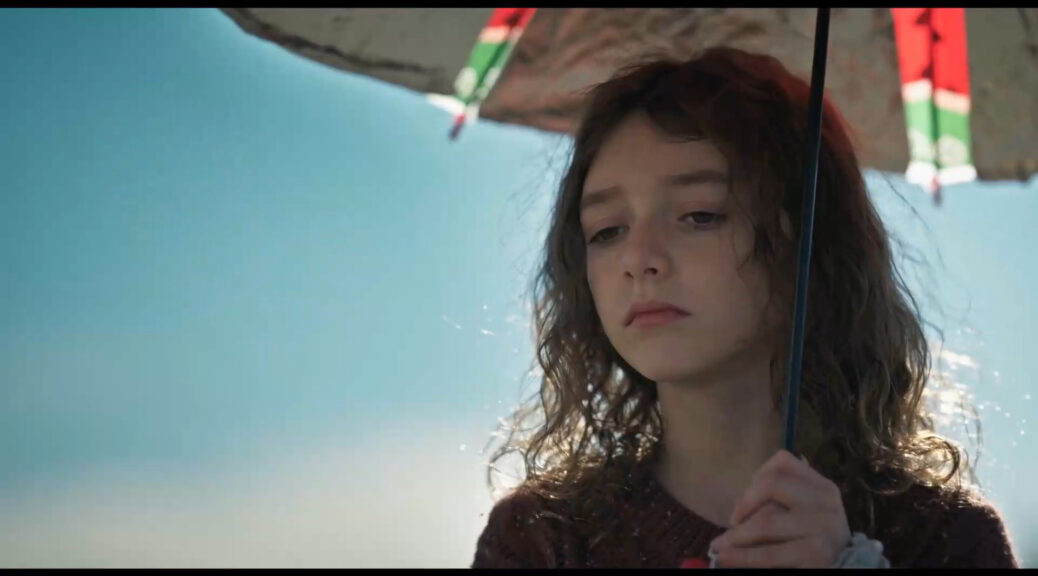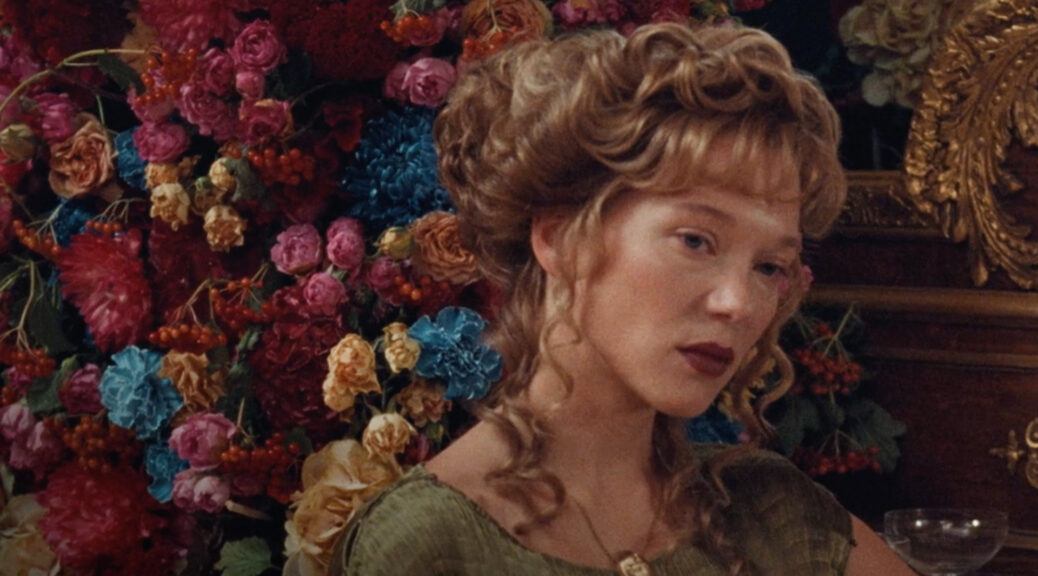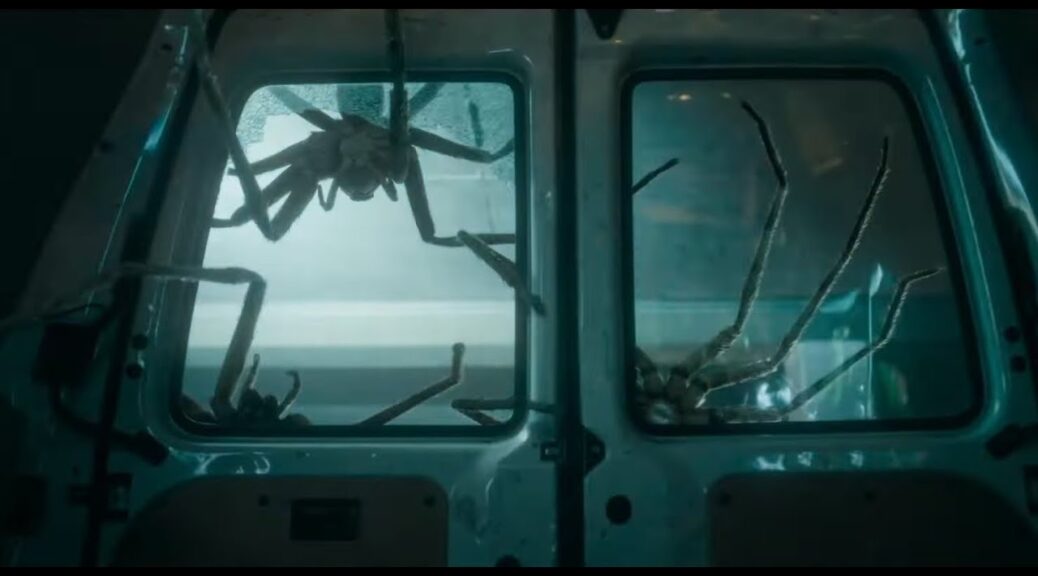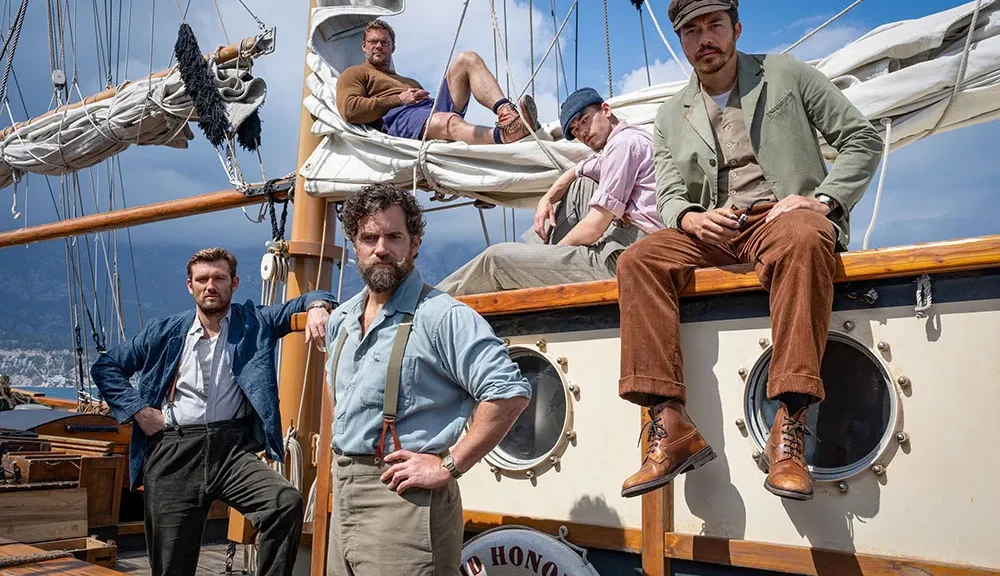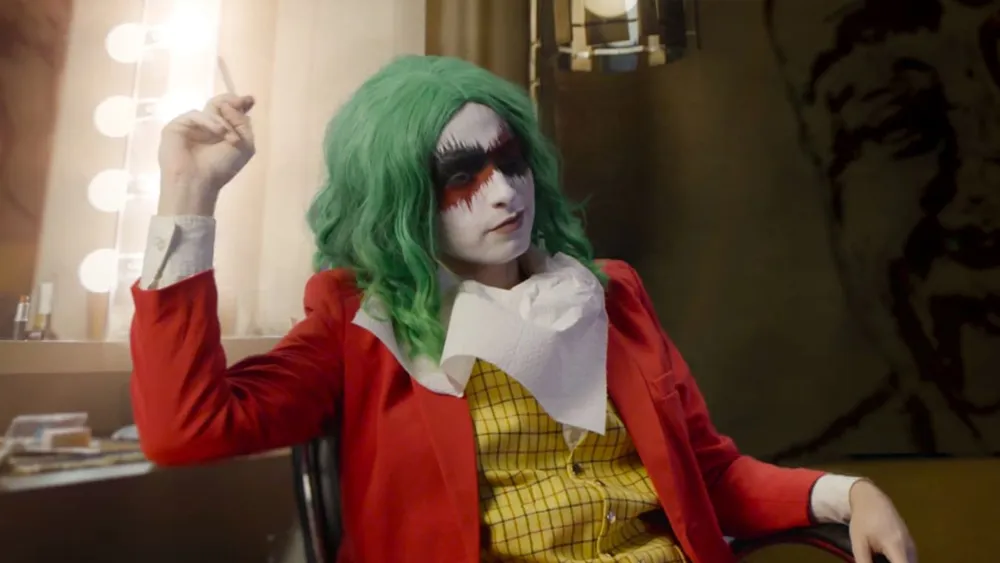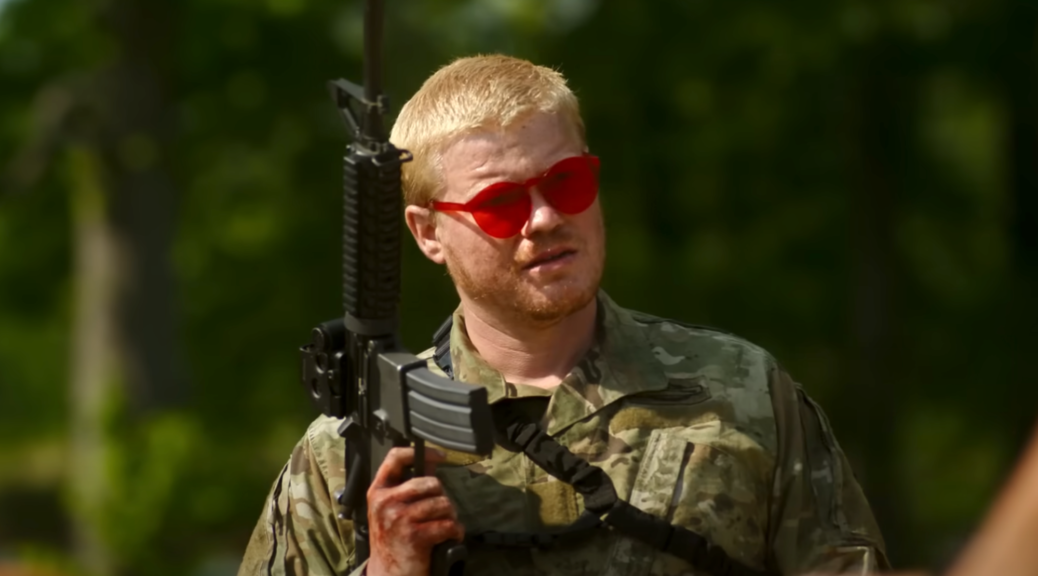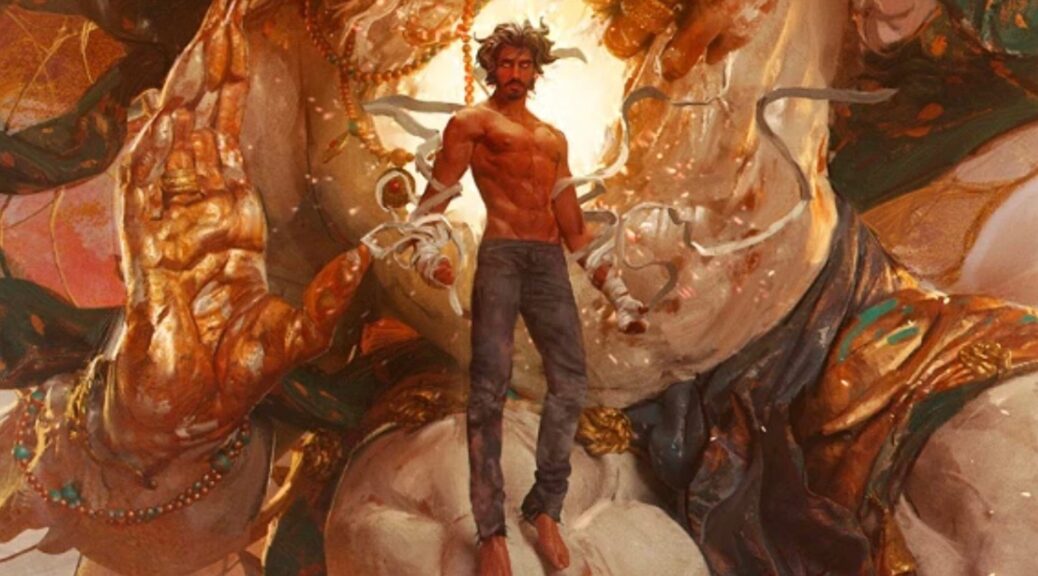Humane
by Hope Madden
When Brandon Cronenberg decided to be a filmmaker—one keenly interested in corporeal horror—it felt both natural and brave. Natural because his father David is perhaps the all-time master of body horror. Brave for the same reason.
It turns out, Brandon Cronenberg is a natural. (If you haven’t, you should definitely see his films.) But the family affair doesn’t end with him. Daughter Caitlin Cronenberg’s feature debut Humane sets her slightly apart from the fellas, though.
Written by Michael Sparaga, Humane takes place in a near future where climate catastrophe requires that each country on earth purge itself of 20% of its population. A euthanasia program allows citizens to enlist, helping the nation reach its quota, helping the planet survive, and providing government funds to the family bereaved. But with numbers lower than expected, the nation is considering conscription.
Cronenberg’s tale focuses on one family in particular. Patriarch Charles York (Peter Gallagher), retired from a storied career as a TV journalist, invites his four adult children (Jay Baruchel, Emily Hampshire, Sebastian Chacon, Alanna Bale) home for an important dinner. Dad, and the kids’ stepmother Dawn (Uni Park), have decided to enlist.
With this dinner bombshell Cronenberg sets in motion a realistically cynical look at a government’s opportunistic manipulation of a thinning of the herd. She then zeroes in on the festering effect of privilege on the York children, simultaneously throwing shade at the “salt of the earth” types who are as violently judgmental as their position allows.
Gallagher’s great as the martyr desperate to leave a legacy, and Hampshire’s ferociously self-serving villain is a joy. Enrico Colantoni delivers the most fascinating, frustrating character, easily stealing every scene.
Humane makes two horror films in a row, following last week’s Abigail, where you don’t really root for anyone. Everyone’s terrible and it’s slightly disappointing that anyone survives at all. Worse, the big revelation that pushes characters toward the climax is unearned.
More problematic is that there are two fairly substantial omissions—not plot holes, just conveniently placed gaps in clarification that feel like intentional cheats. Beyond that, the writing often feels slightly behind the times. Jared York’s (Baruchel) claim that he “doesn’t see color” feels more suited to a tale set a decade ago rather than in a near-future dystopia.
These writing concerns don’t sink the effort entirely. An intriguing premise buoyed with darkly comedic performances, plus a brisk 90 minute runtime keep Humane entertaining, but it’s hard not to feel a bit disappointed.
